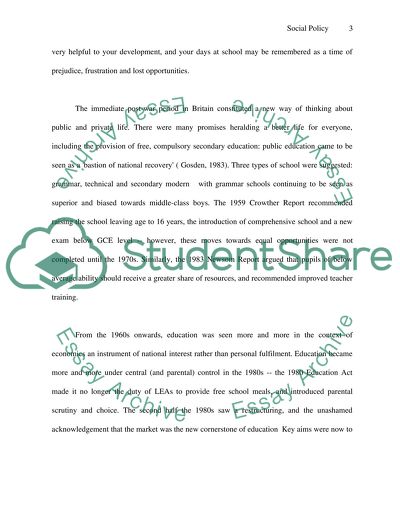Cite this document
(The Evolving of Higher Education in the Learning Society Term Paper, n.d.)
The Evolving of Higher Education in the Learning Society Term Paper. Retrieved from https://studentshare.org/social-science/1502962-social-policy-bachelor-essay
The Evolving of Higher Education in the Learning Society Term Paper. Retrieved from https://studentshare.org/social-science/1502962-social-policy-bachelor-essay
(The Evolving of Higher Education in the Learning Society Term Paper)
The Evolving of Higher Education in the Learning Society Term Paper. https://studentshare.org/social-science/1502962-social-policy-bachelor-essay.
The Evolving of Higher Education in the Learning Society Term Paper. https://studentshare.org/social-science/1502962-social-policy-bachelor-essay.
“The Evolving of Higher Education in the Learning Society Term Paper”, n.d. https://studentshare.org/social-science/1502962-social-policy-bachelor-essay.


